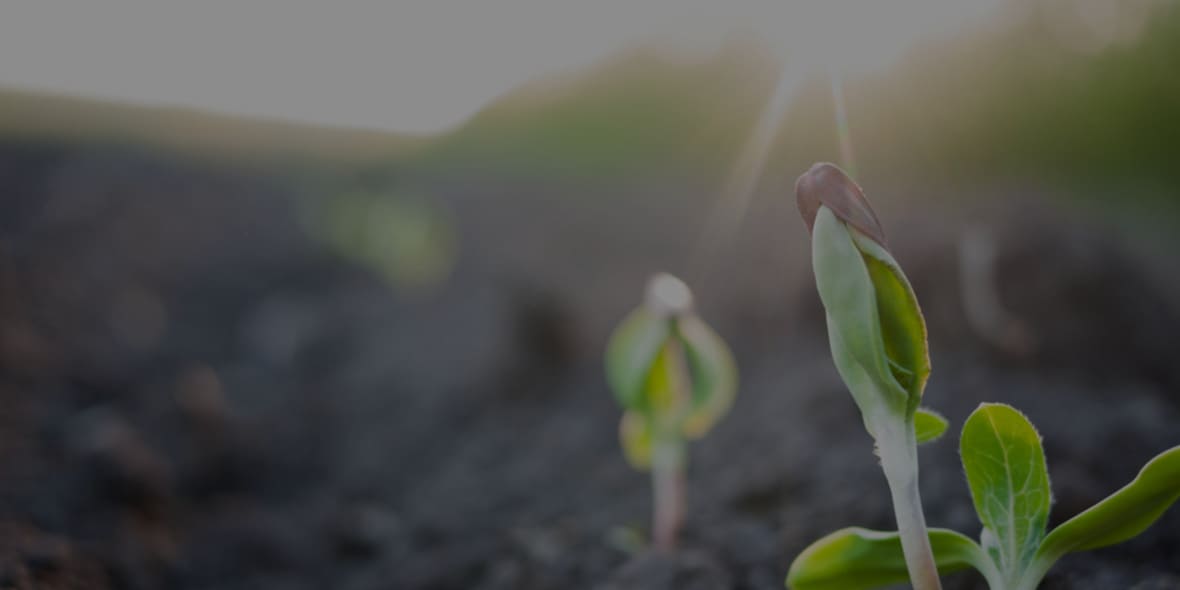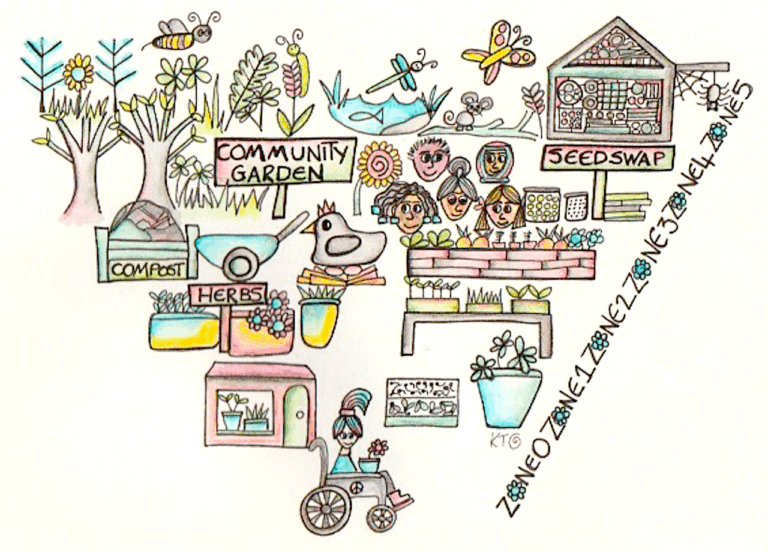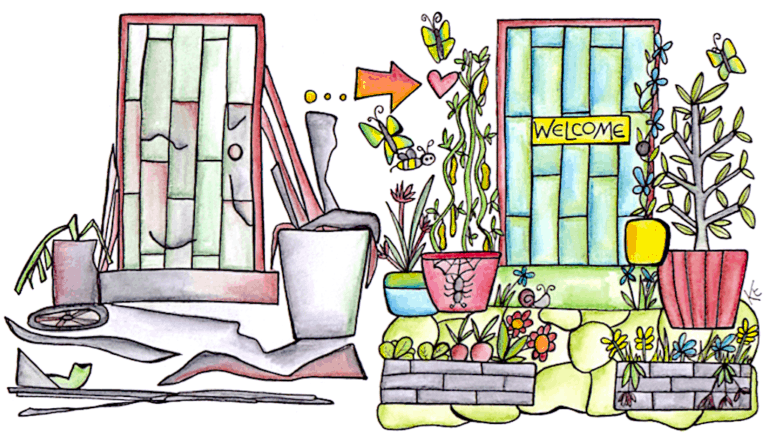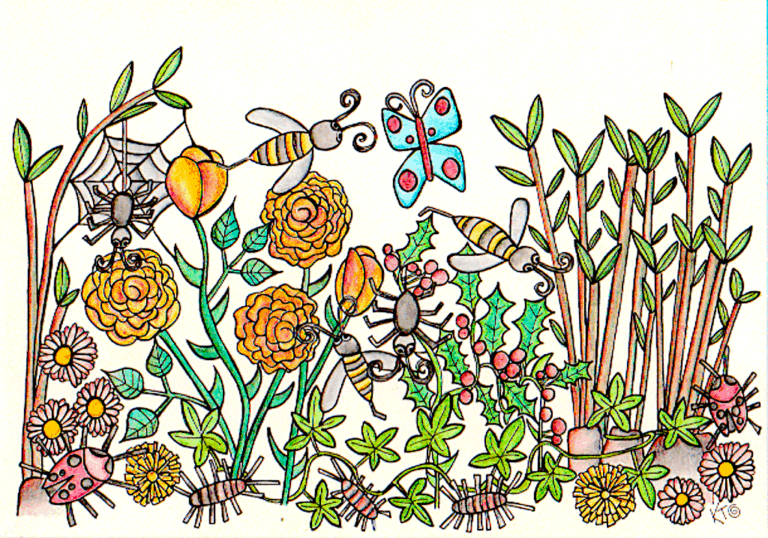
Meeting livestock needs, a primer
This section by Kelda Lorax.
Just like any living creature, all animals in a Permaculture System need food, water, shelter, and space to be themselves. Whether you’re raising cows or edible grasshoppers, you should always assess how much time and materials their maintenance will require. This often means sharing responsibilities.
Whether it’s a cow that’s milked by a whole neighborhood, or a big family that shares chores, always have a back-up plan for if you get sick (or if you want a vacation).
For all animals in a Permaculture System, you need to consider:
Food
- What does the animal need to be healthy?
- What does it want to get into for treats, (so you can try to avoid too much of it)?
- What rotations and/or plants will provide much of their food?
- Where’s your best source for buying feed (if you need to)?
Water
- How much do they need everyday?
- What delivery keeps the water cleanest?
- What will you do if it freezes in winter?
- What clean (metal) roof could you potentially catch water from?
- If your animals are paddocked, how much money/materials will you need to get water into each paddock?
Shelter
- How much space does each animal need?
- What’s their preferred way to sleep/lay eggs/be milked?
- What keeps the animal warm (i.e., wet birds can freeze to death more easily than dry birds, etc.)?
- Does the shelter move or is it stationary?
- Can your animal tolerate not having a shelter all the time?
Space
- What does your animal like to do?
- Could it be free-ranged/paddocked/mobile (remember that though all animals potentially could be free-ranged, your site may have limitations based on the need for animal work or the animal’s predilection to get into something it shouldn’t)?
- What types of structure will keep them where you want them?
- What type of structure will keep them safe from predators?
Waste
- How does the animal like to poop and do you want to utilize it?
- What ecological precautions should be taken? How will you process waste?
- Does their need to be a sacrifice area near the shelter, or a water source just to handle manure and avoid muddy feet problems?
- What materials might you need for this sacrifice area?
Companionship
- What companionship does your animal need?
- Could it be cross-species?
- What are signs of too much companionship (i.e. too much rooster abuse for your hens)?
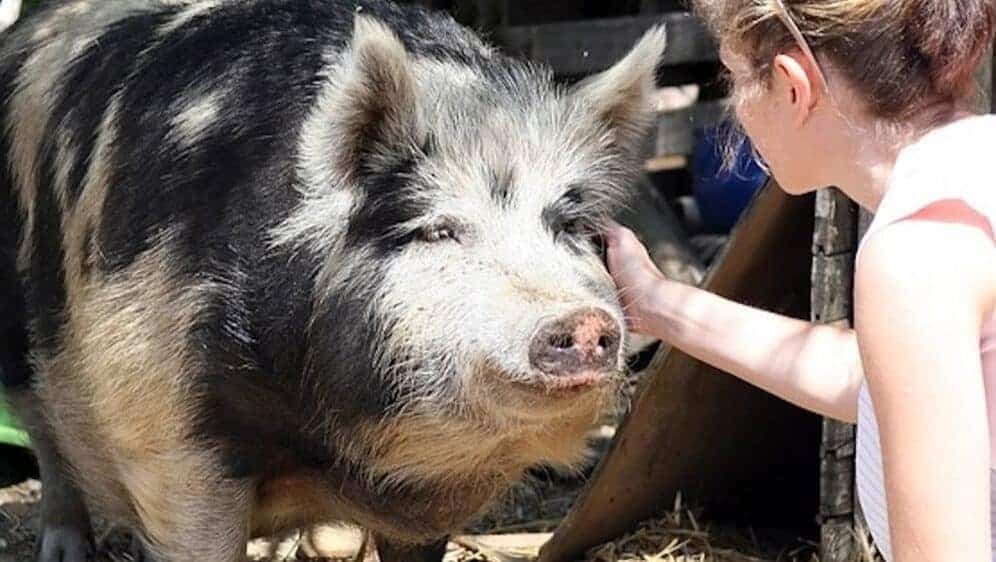
Tips and tricks for including animals in a permaculture system
This section was created by Welsh sheep farmer, Marit Parker.
Starting with livestock is a big decision, so remember that you don’t have to jump straight in and start breeding straight away.
There are ways of having a go first:
- Buy in a few young animals to rear and fatten.
- Try out different breeds.
And don’t rush! Give yourself time to learn and gain experience looking after one type of animal before starting with another type of animal. Here are some specific pointers for a few different kinds of commonly-found farm animals in a Permaculture System.
Sheep
One of the first decisions you have to make if you are starting with sheep is which breed of sheep to go for. And that will depend partly on the type of land you have and the climate, as some breeds of sheep are more hardy than others.
Hill and mountain sheep are hardy animals that can survive out in harsh conditions all year round. Lowland sheep need better pasture and some shelter. It will also depend on your reason for keeping sheep. They produce wool, meat, milk – and more sheep!
All permaculture sheep grow wool, but some grow finer wool than others. If wool is your main reason for keeping sheep, it is worth talking to spinners and weavers and also visiting agricultural shows, especially if there are rare breeds of sheep competing.
All sheep can provide meat, but some grow to bigger weights than others, and the flavour of meat from different breeds varies quite a lot. Think about who the meat is for. Is it just for your family? Or are you hoping to sell it?
All sheep produce milk for their lambs. A select few breeds can also be milked, usually for making cheese. Manchego for example is made from sheep’s milk, and traditionally so was Wensleydale cheese.
Even if wool isn’t your primary reason for keeping sheep, your sheep will need to be sheared every year for their own health and comfort. However, because nylon (i.e. plastic) is more popular for clothes, blankets and carpets, the value of run-of-the-mill fleeces is less than the cost of shearing them.
So wool has become a waste product, instead of being valued for its warmth and its breathability, and the fact it doesn’t pollute the environment with microplastics. Time to close the circle and change back to wool!
Take a look at Shepherdess Lesley Perrett’s youtube channel where she demonstrates practical skills needed for looking after sheep.

Cows
Cows, being bigger animals, need more space than sheep. However, they fit well with sheep in and other animals in a permaculture system because cows eat long grass, whereas sheep eat short grass, so sheep can follow cows in the rotation system.
These days, cattle are divided into beef breeds and dairy breeds, but most older breeds are dual purpose. If you are thinking of having a house cow, then a dual purpose breed makes sense because in order to produce milk, a cow needs to have a calf. And you want both good milk and a calf you can eventually have beef from.
Cattle reared on pasture play an important role in maintaining the biodiversity of the meadow, and in ensuring the soil continues to store carbon.

Goats
Goats are browsers, not grazers, which means they prefer eating trees and shrubs to grass. They are also agile and can jump and climb, so good fencing is crucial.
A herd of goats can destroy an orchard in a matter of minutes, so don’t even try to keep pet goats in a food forest environment unless you have a solid, permanent enclosure for them.
They can also clear acres of brambles and/or poison oak in a matter of days. Design makes the difference.
Here are 21 other things you need to know about goats.

Alpacas
If you’re at all considering bringing these smart, gorgeous, and hilarious animals into your system, check out this lovely article / personal case study about alpaca permaculture: Permaculture Alpacas by Claire Gregory.

Rabbits
Many permaculture sites keep rabbits for manure, meat, and weed control. They’re easy, quiet, and don’t take up a ton of space, though it’s hard to keep them free-range because they are quickly stolen by raptors, so you end up having to keep them in cages, which might not be preferable for some designers.
Here’s an article about rabbit manure.

Pets
Pets are part of our lives and part of our families, so mustn’t be forgotten when we are thinking about animals in a permaculture system, and about designing our whole system to be sustainable.
We’re not going to dive deep on this topic here, but know this: pet poo can be composted. It is part of the natural system after all. In this article, a veterinarian explains why it became unpopular to do this, and how to do it safely.
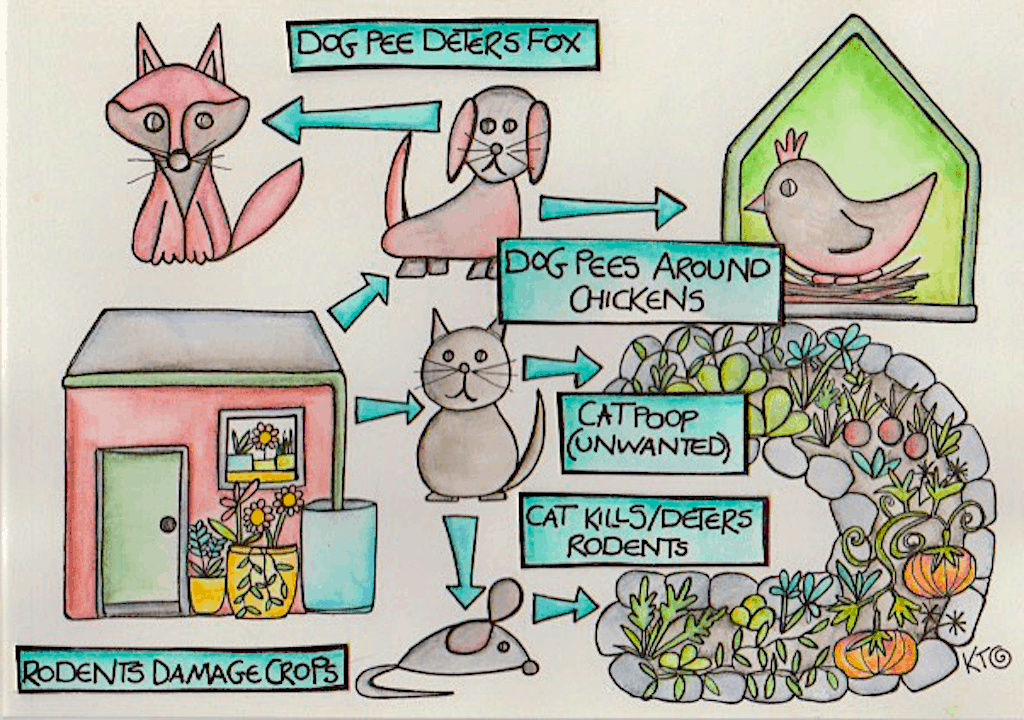
Want to learn more about this and other topics related to permaculture, sustainability, and whole-systems design? We offer a range of FREE (donations optional) online courses!
Wildlife Habitat
We don’t have time to get into wildlife habitat and restoration strategies, but bring an awareness into your designer’s mind about the wild creatures, big and small, that exist in nearly every niche of your design. Wild animals in a permaculture design shouldn’t be relegated to Zone 5 and forgotten. Wherever you are, there is wildlife there too!
Start noticing wildlife around you, from tiny critters to birds and bees. Try seeing the world from their perspectives. What are their habitats? What do they do with their energy? What do they eat? What eats them? How can you protect their habitat and provide more places for them, or, if you want them to go away, how can you redirect them without hurting them?
Made for kids but seriously fun and educational for all ages, Wildlife Watch offers a collection of worksheets to help people learn about how to care for and cultivate wildlife wherever you go.

Relevant Links and Resources about Animals in a Permaculture System
The Accidental Smallholder is an informative website, blog and forum run by Scottish smallholder Rosemary Champion includes articles about starting with poultry, pigs, sheep, cattle and bees.
Keeping Chickens in Permaculture Farms: Tips for Chickens in Permaculture Farms (and other types of barnyard birds). Pros, cons, and chicken tractor permaculture!

For the vegans in the crowd, you’ll for sure want to check out the work of UK permaculture teacher Graham Burnett, author of The Vegan Book of Permaculture: Recipes for Healthy Eating and Earthright Living and several other excellent permaculture books.

We didn’t cover horses, donkeys, or mules here, but if your interest leans toward the equine, check out this amazing story about Kate Mobbs Morgan demonstrating working with draft horses in woodland.

